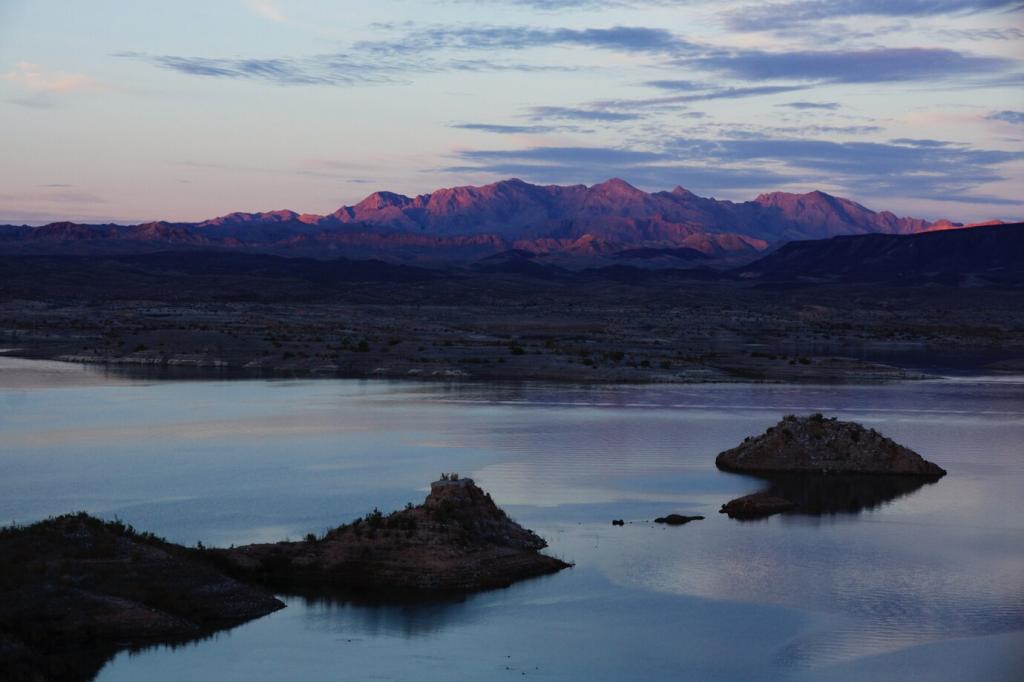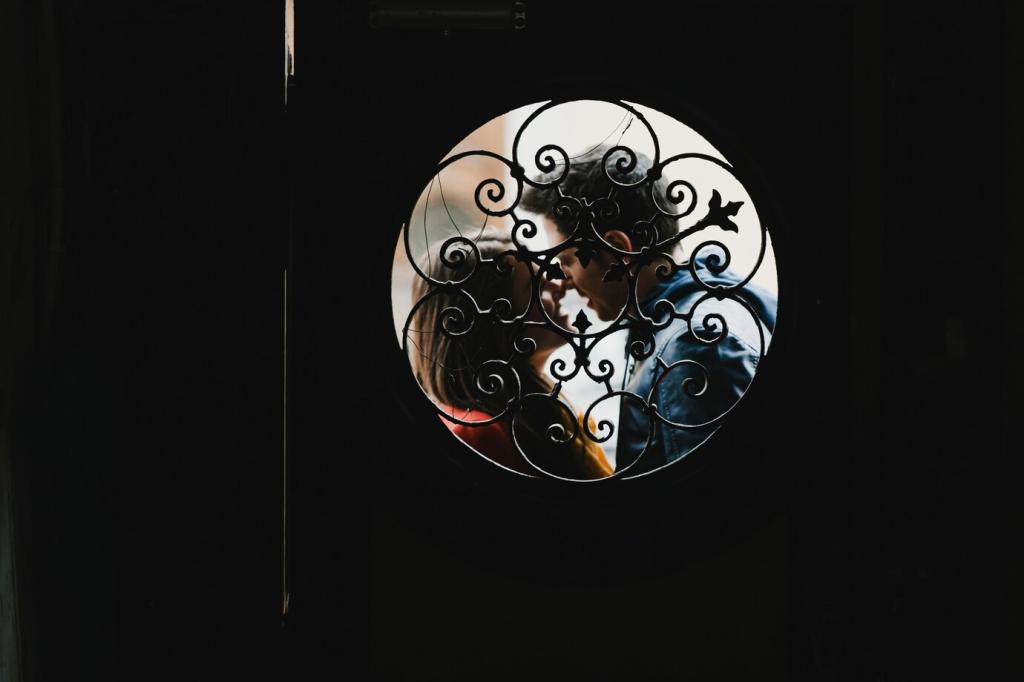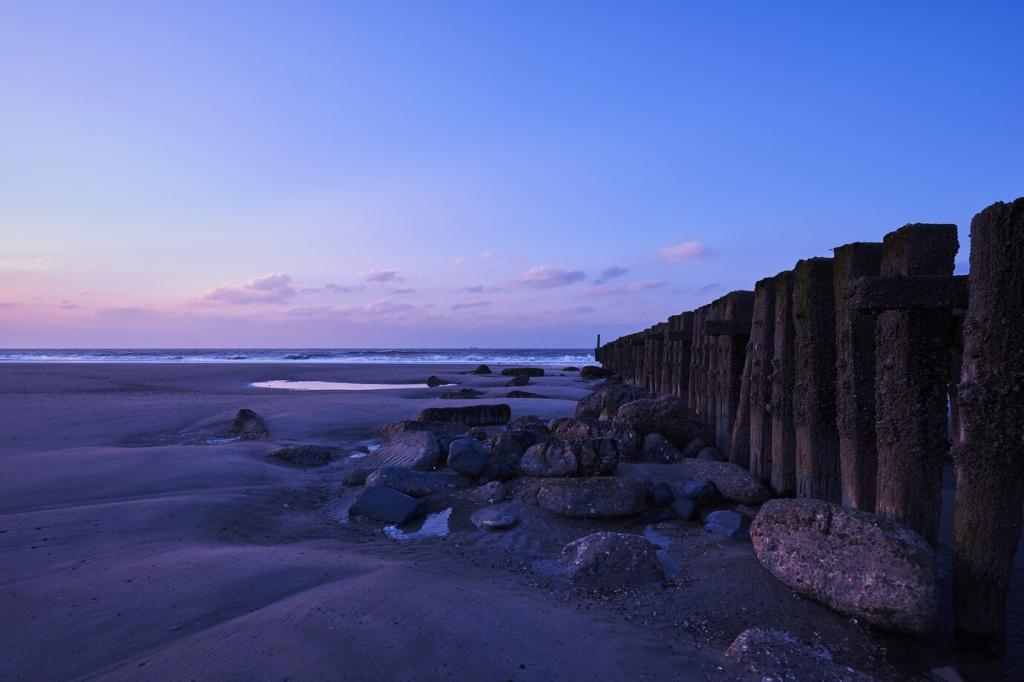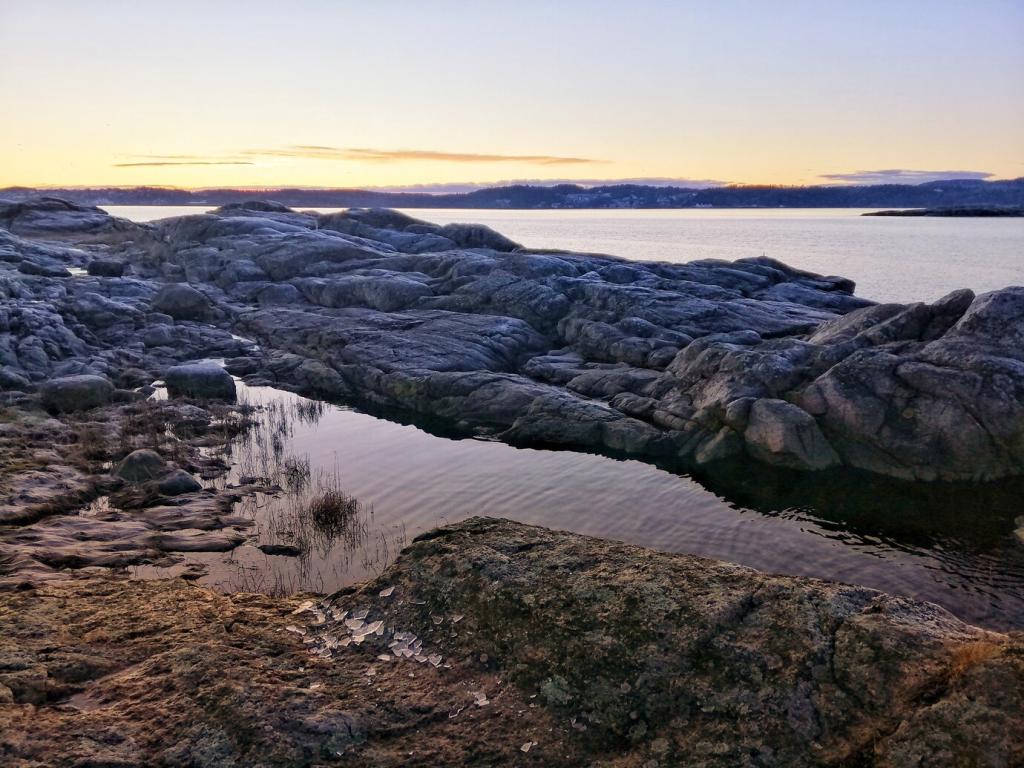Composing Depth: From Foreground to Horizon
A high horizon emphasizes foreground drama like tangled reeds; a low horizon celebrates sky narratives. Study how Friedrich anchors contemplation with purposeful horizons. Try three thumbnails with varied heights, then share which version best frames your focal point.
Composing Depth: From Foreground to Horizon
Increase coolness, lightness, and softness as planes recede. Mountains fade, trees lose contrast, and edges dissolve into distance. Monet’s stacks of fields demonstrate this beautifully. Post a quick study showing three distinct depth planes and invite feedback on believability.







